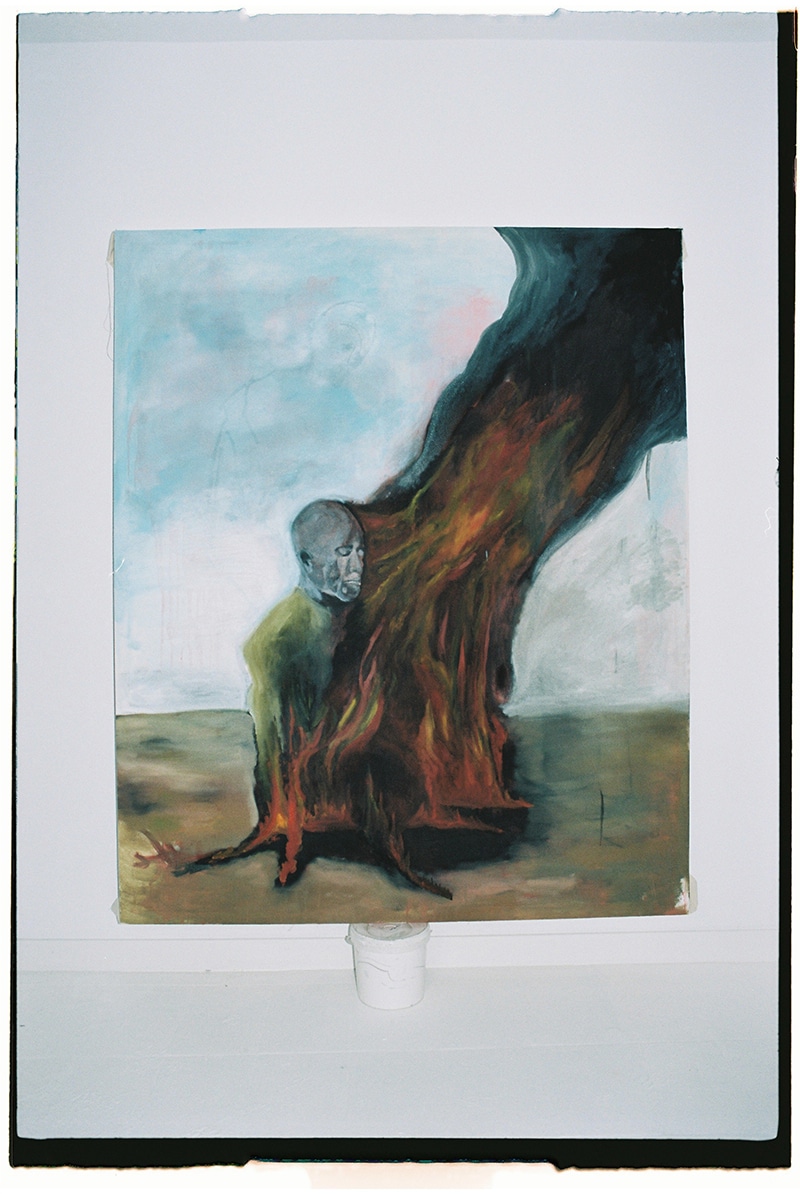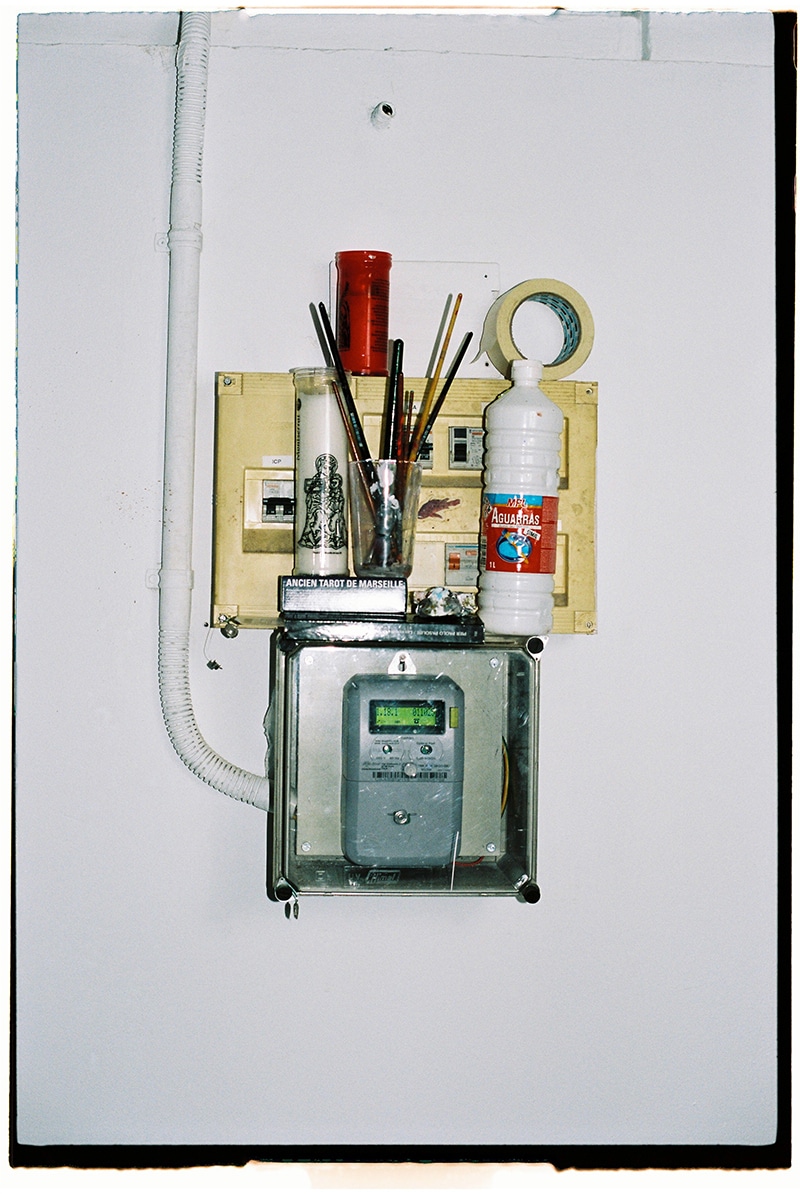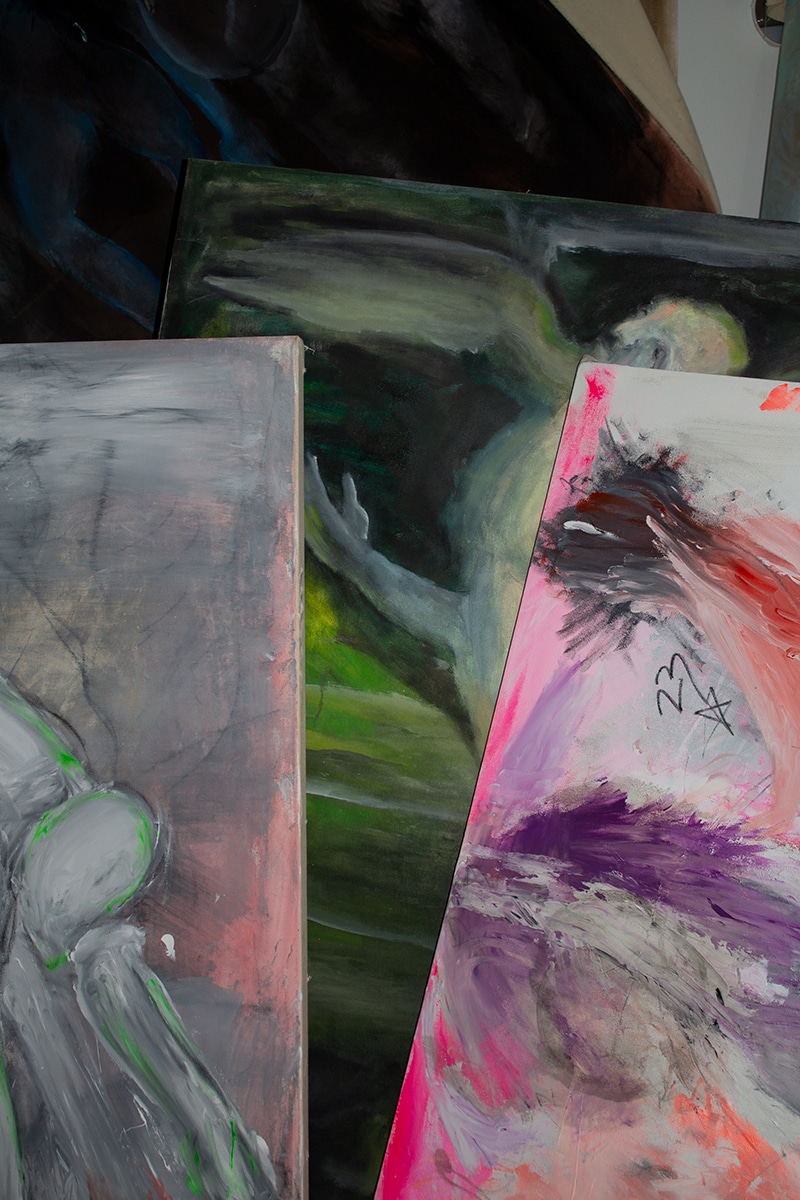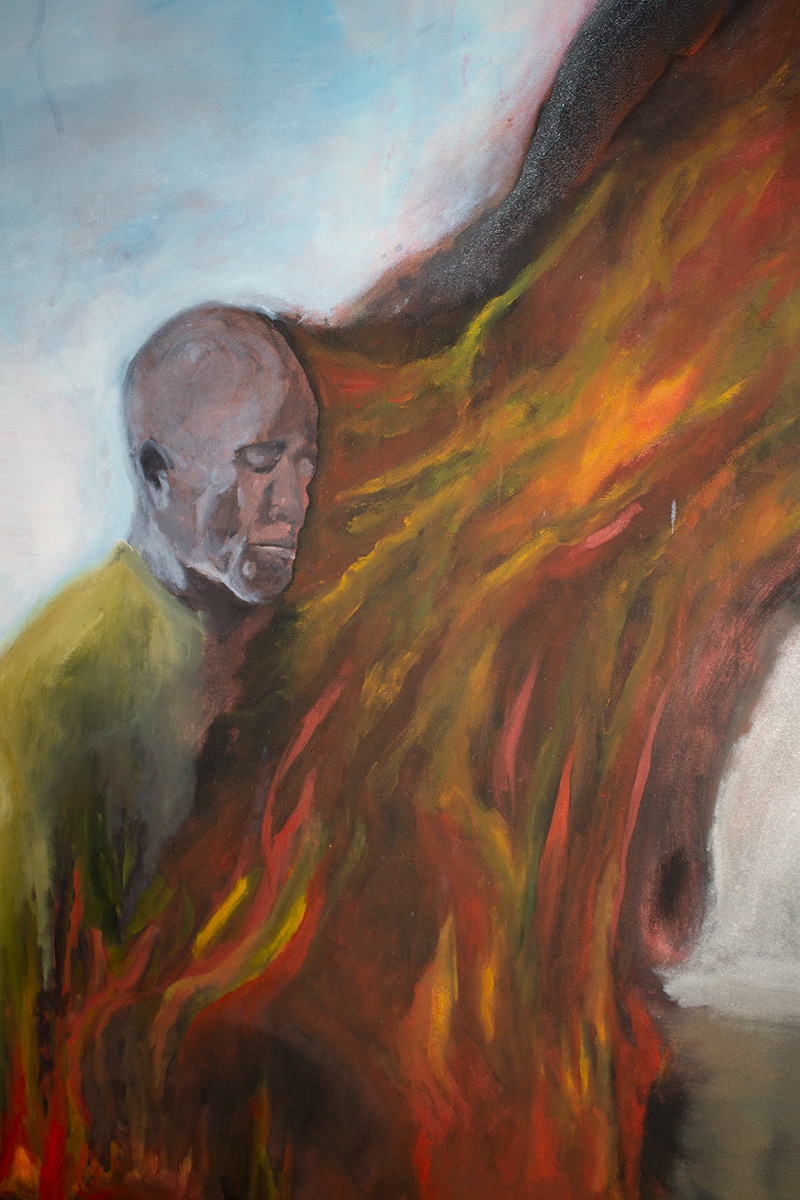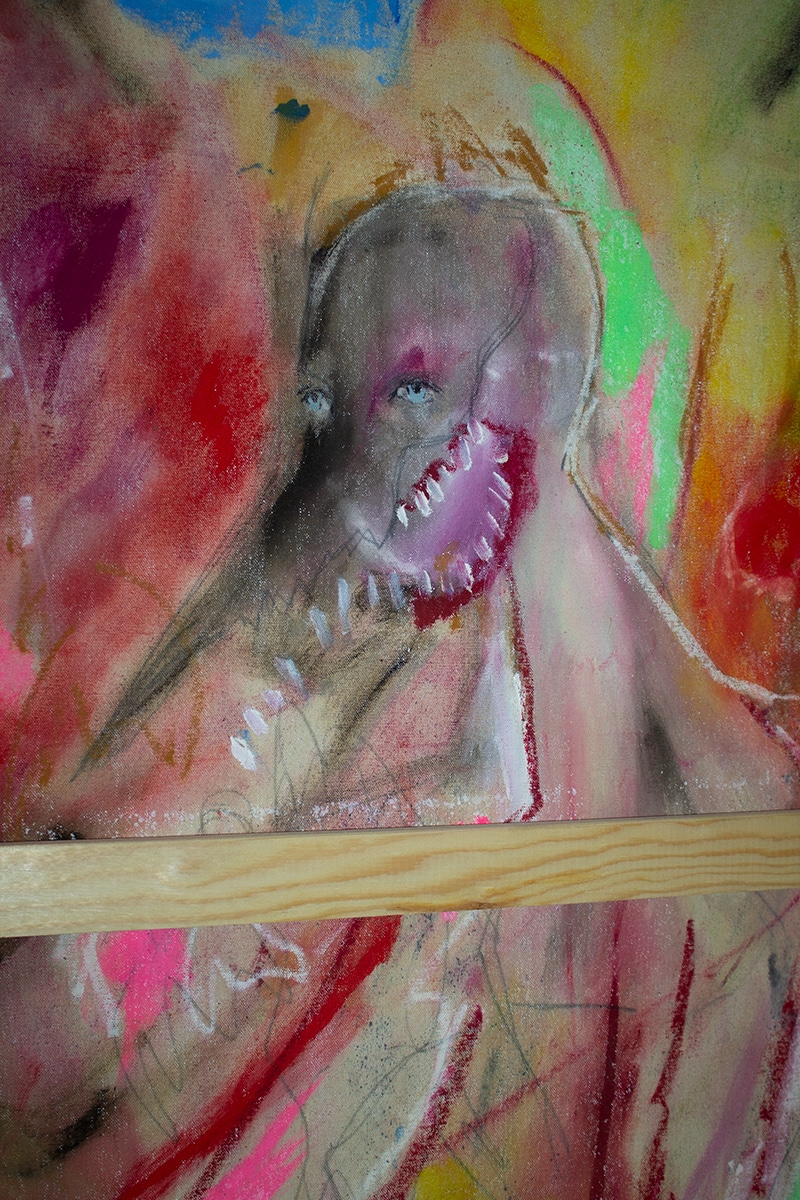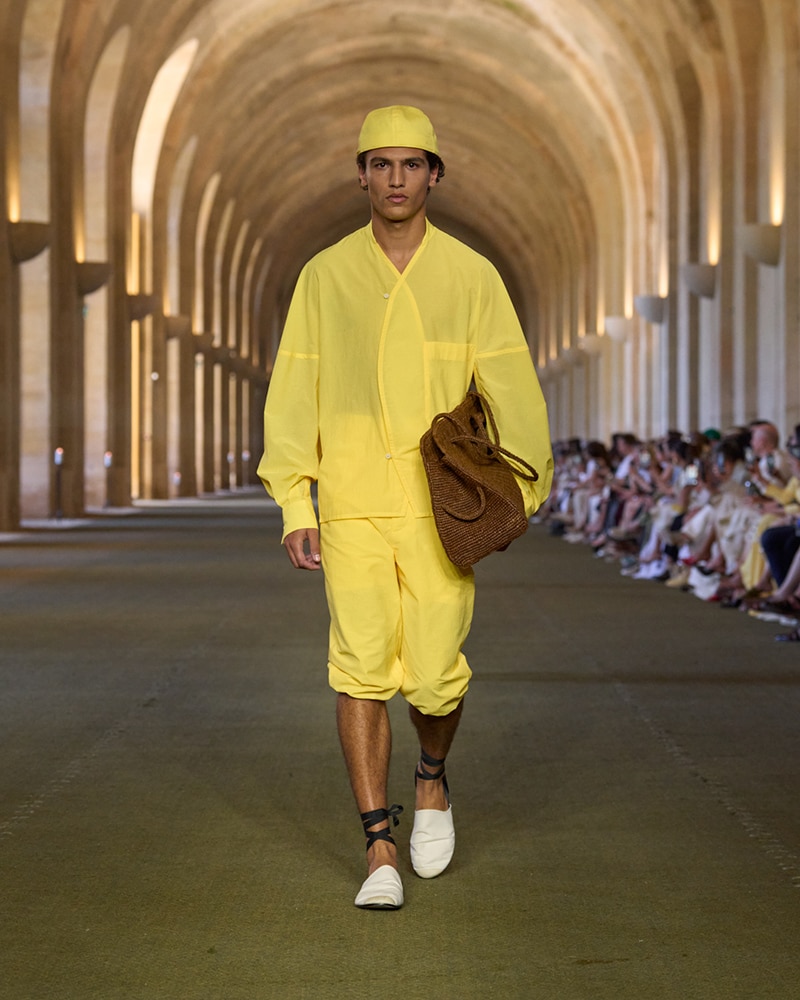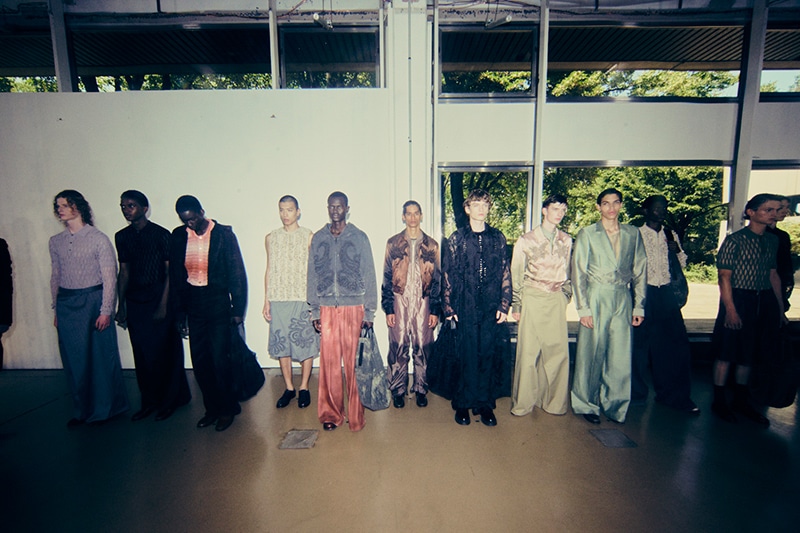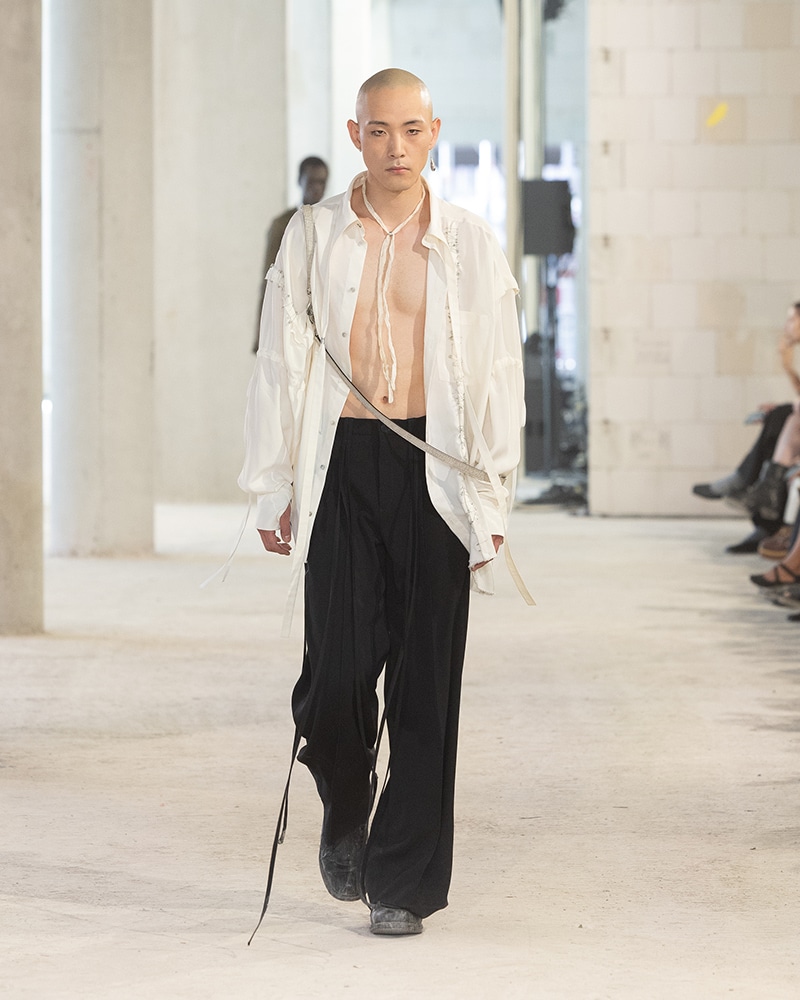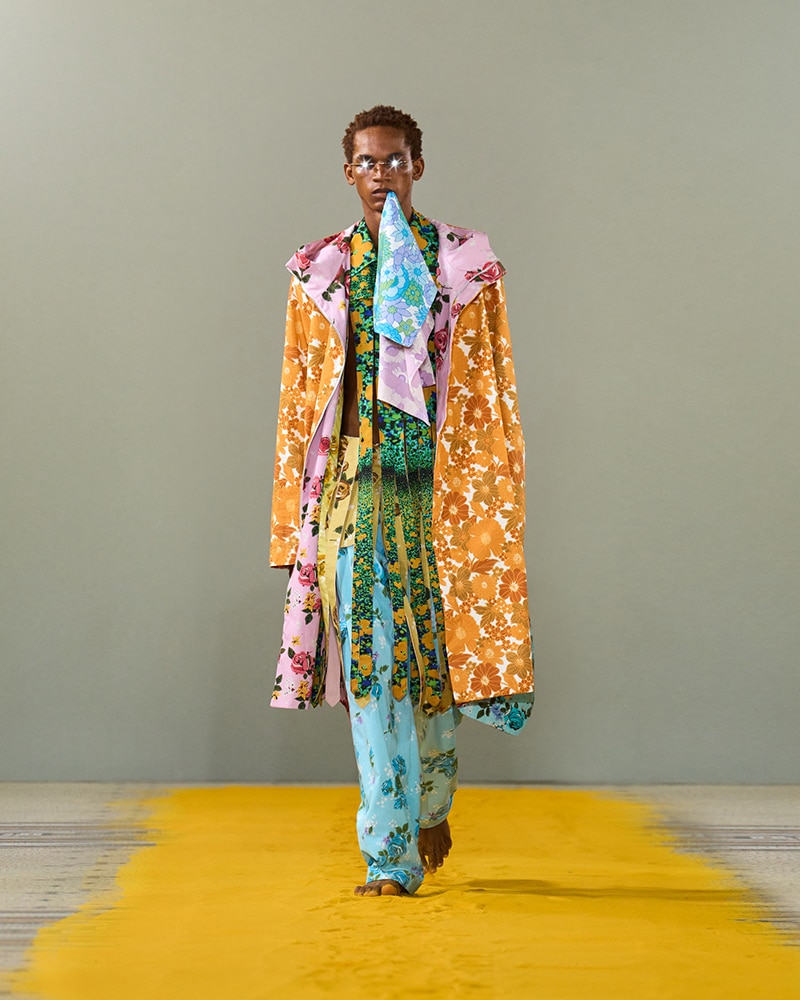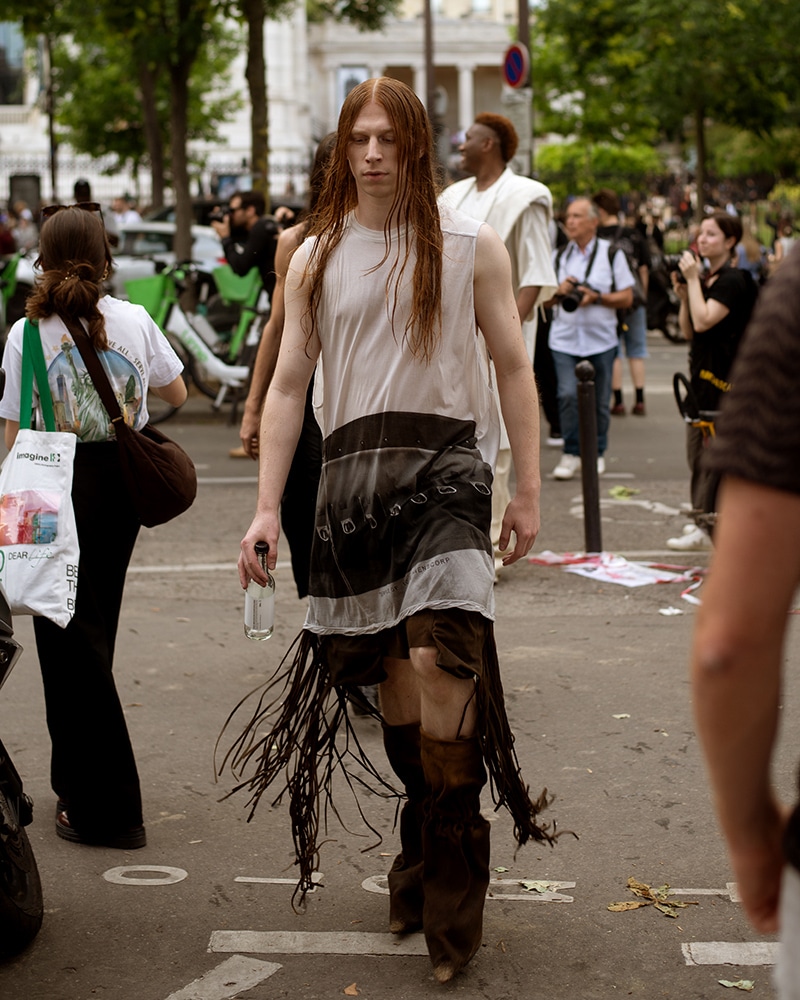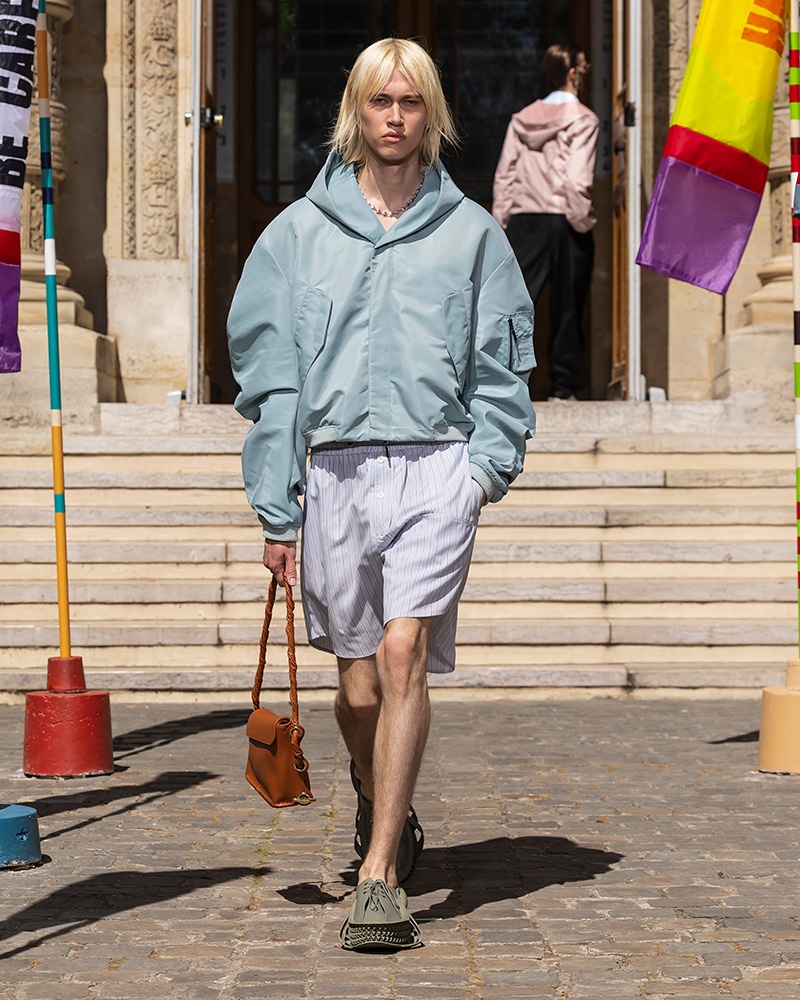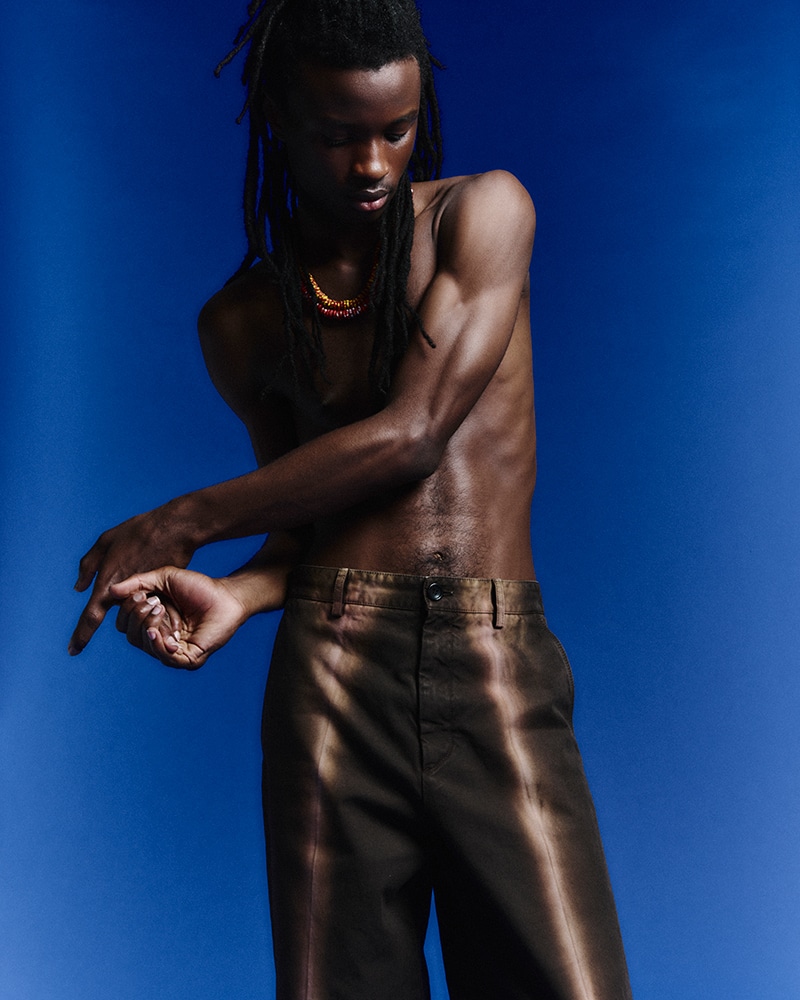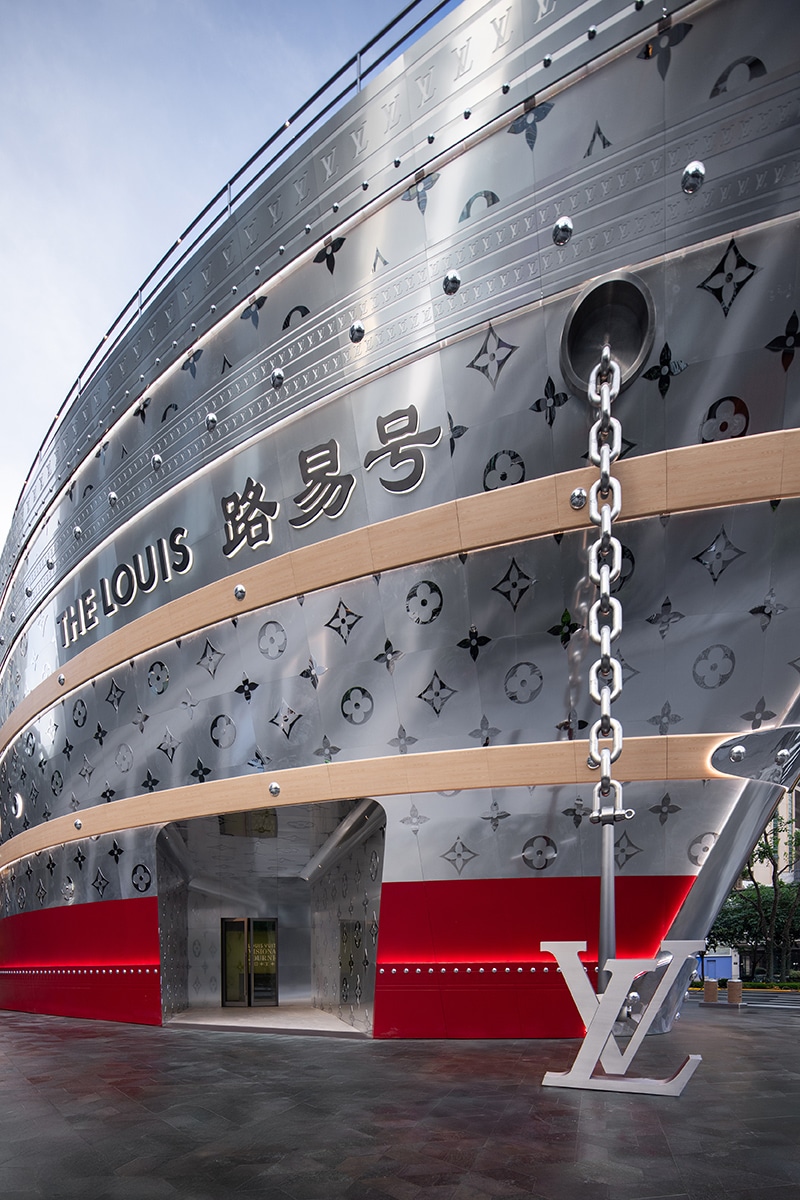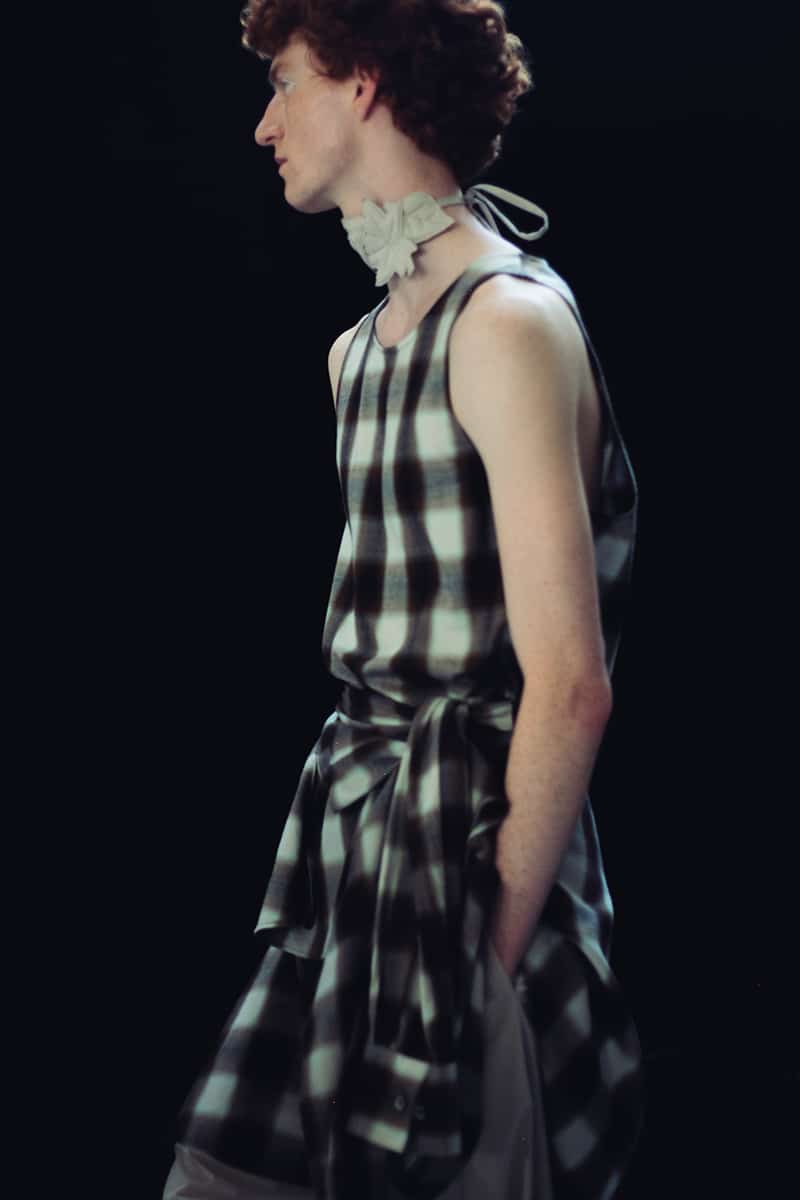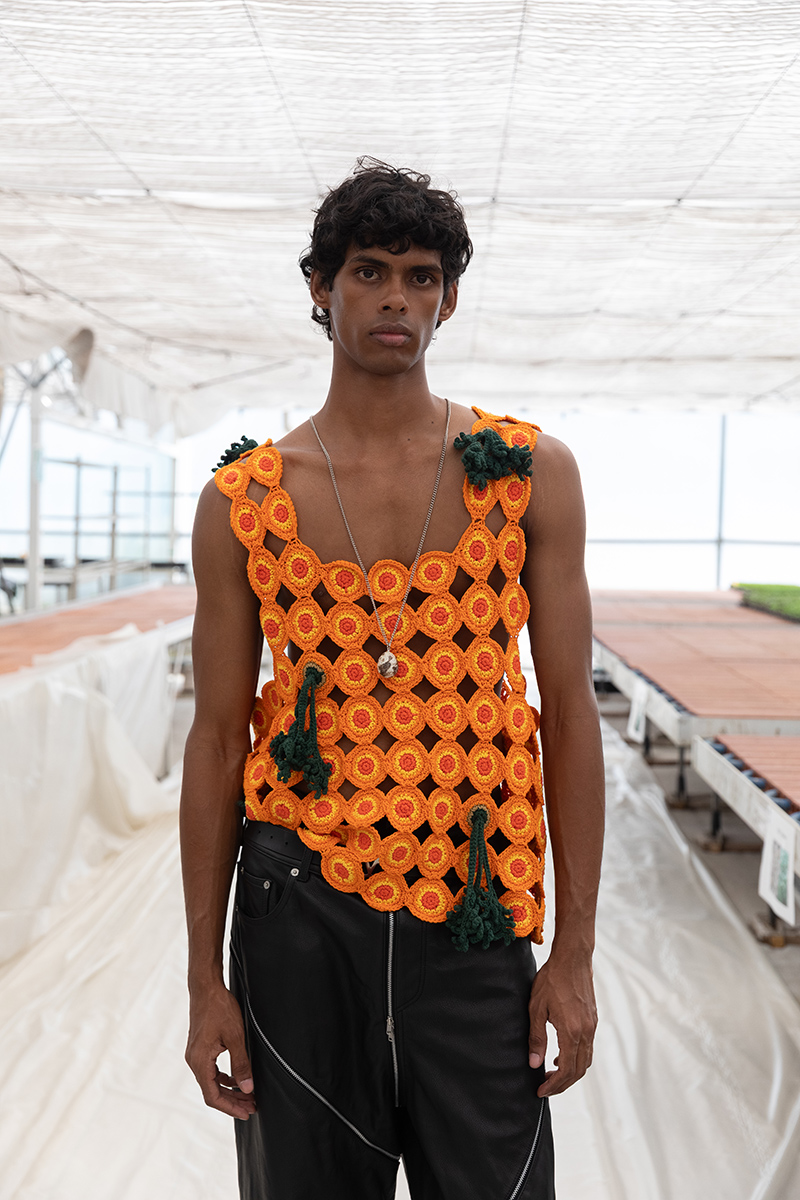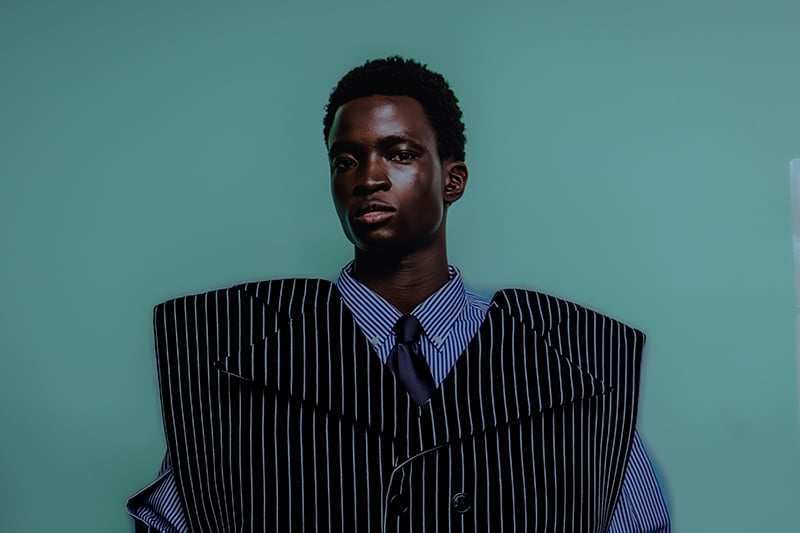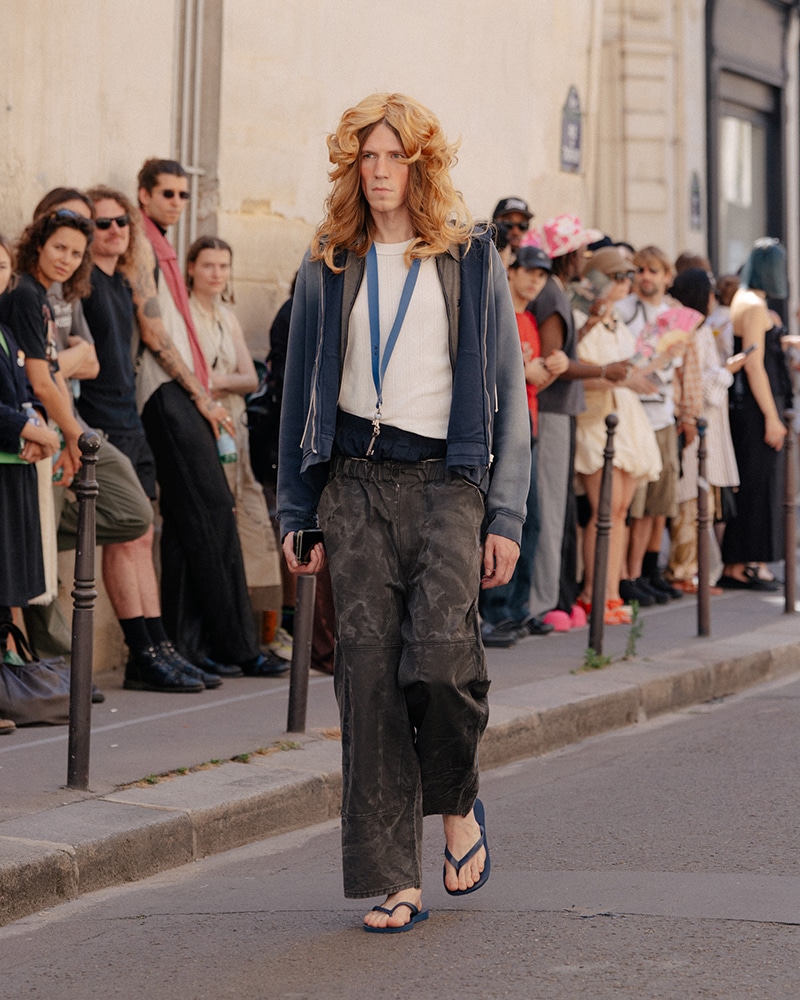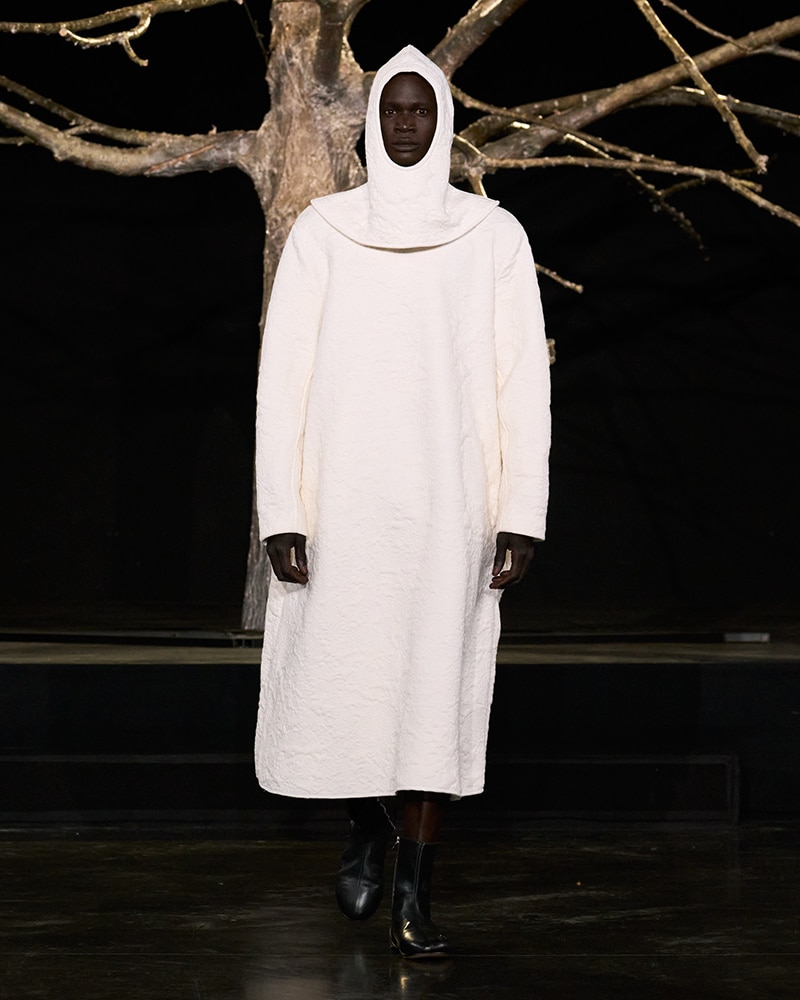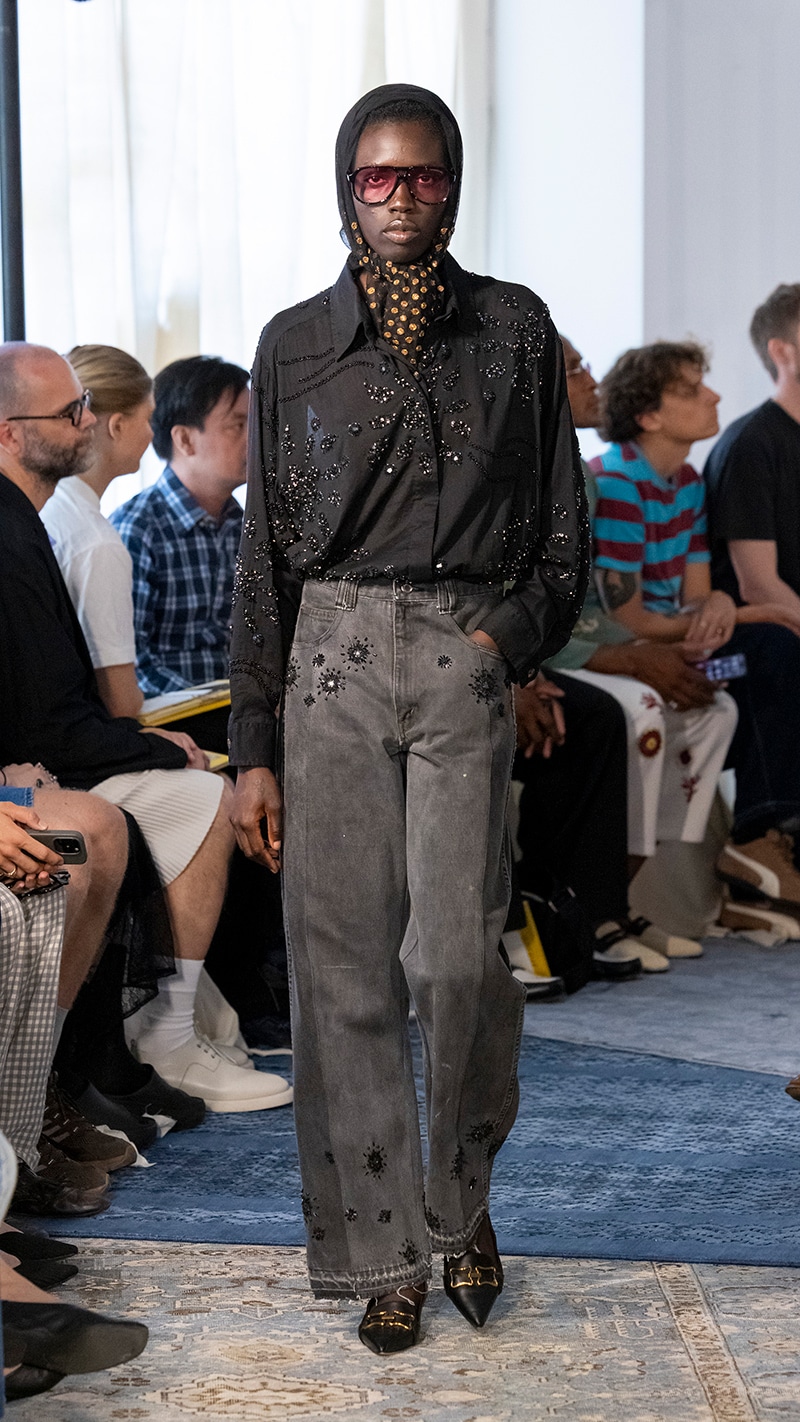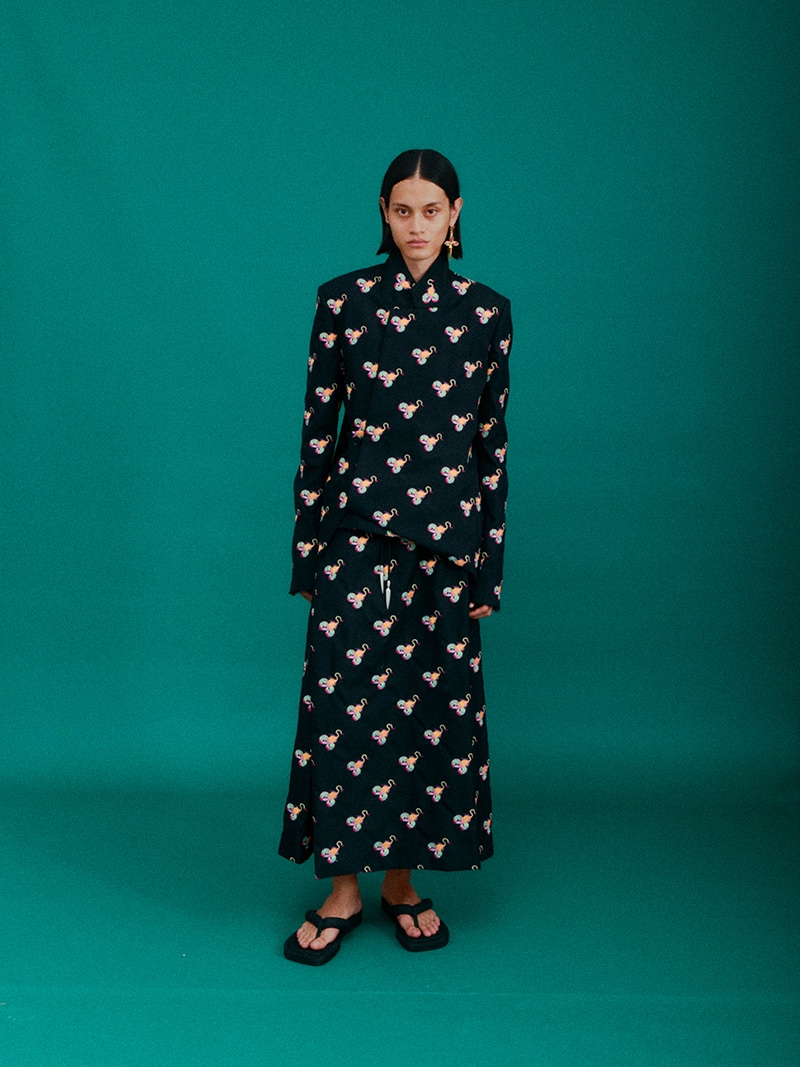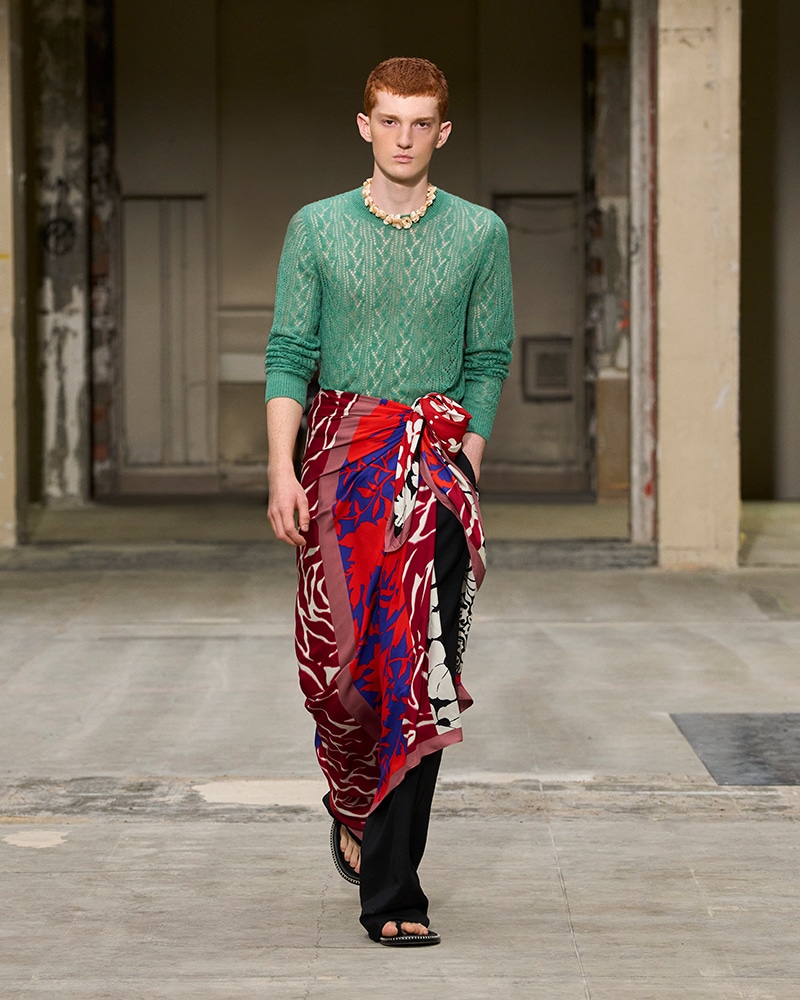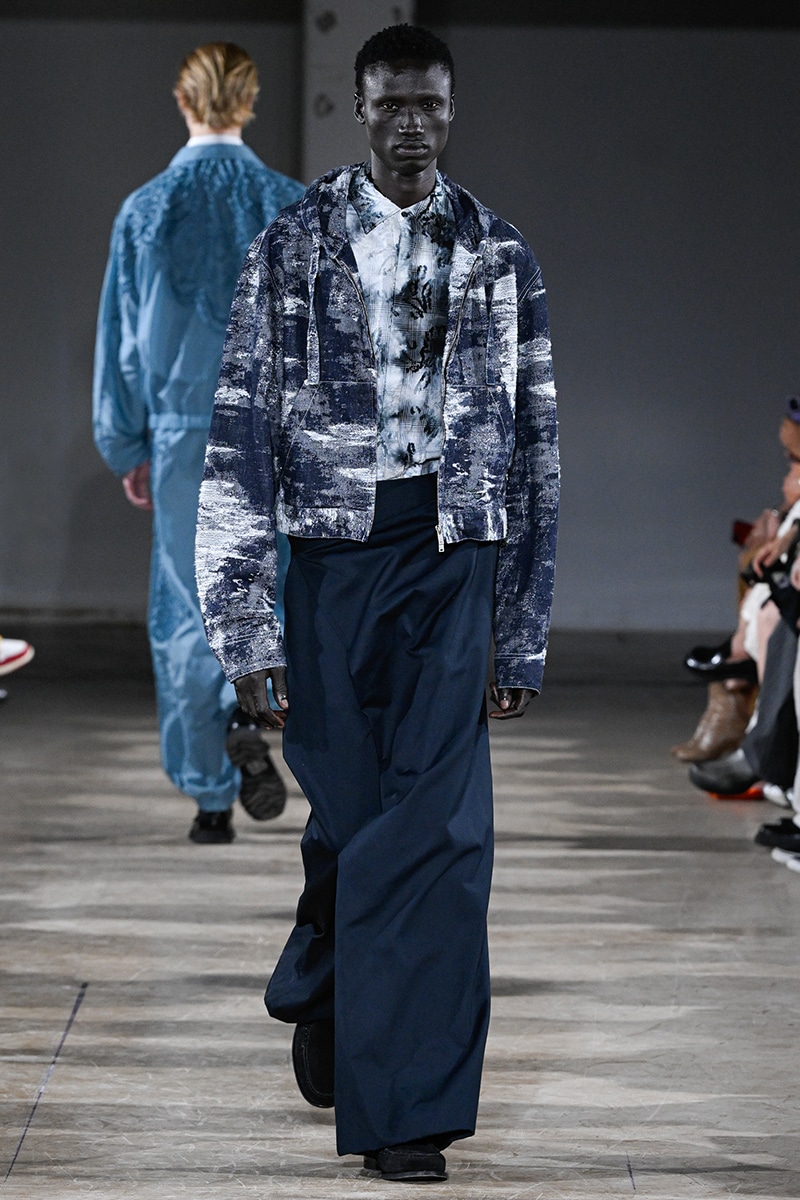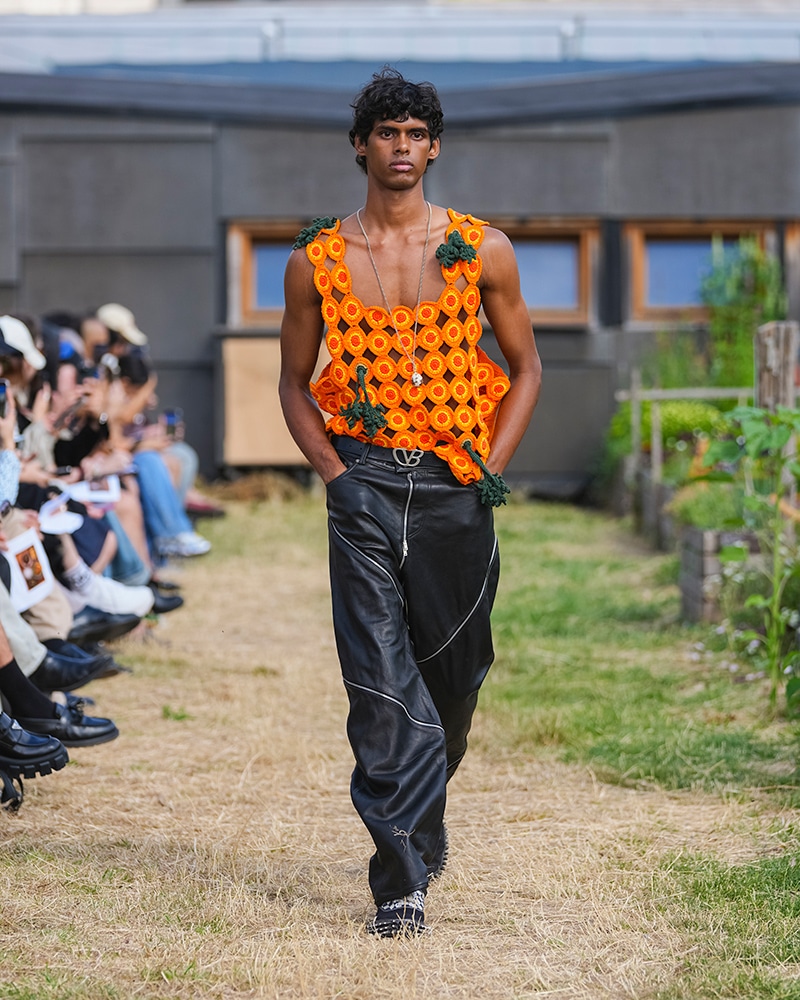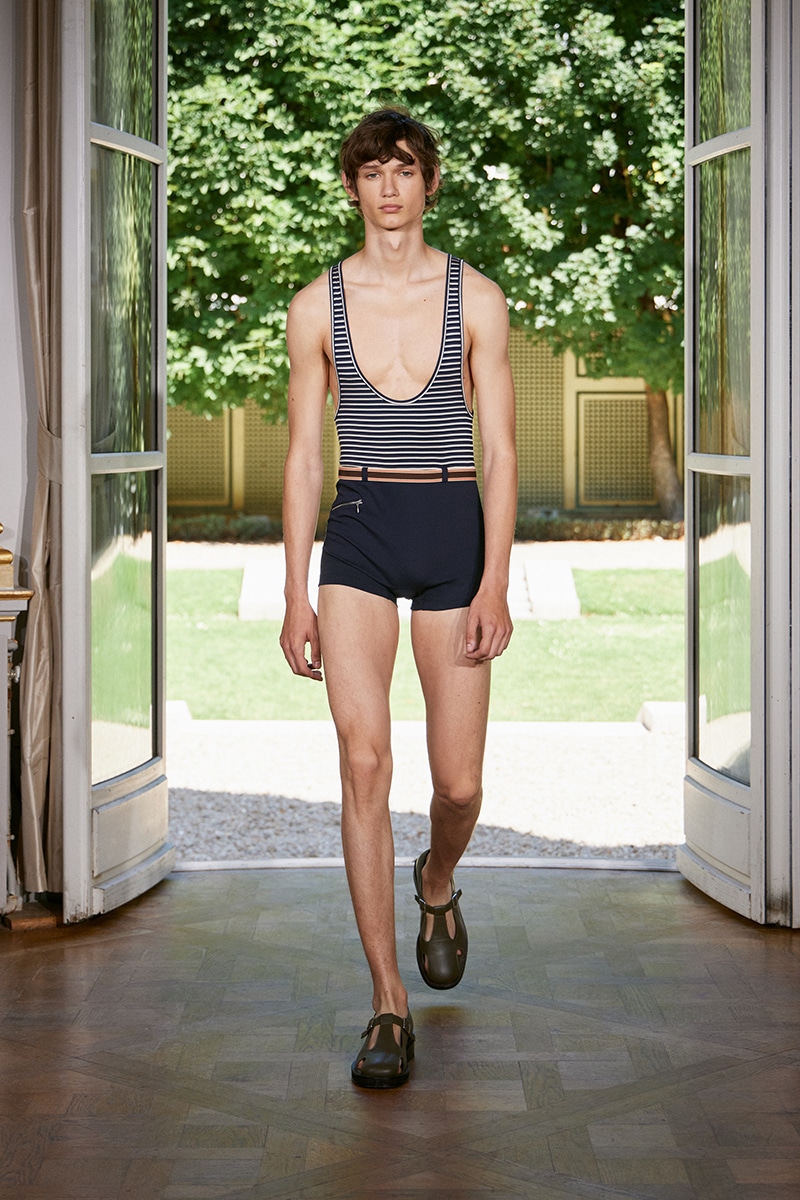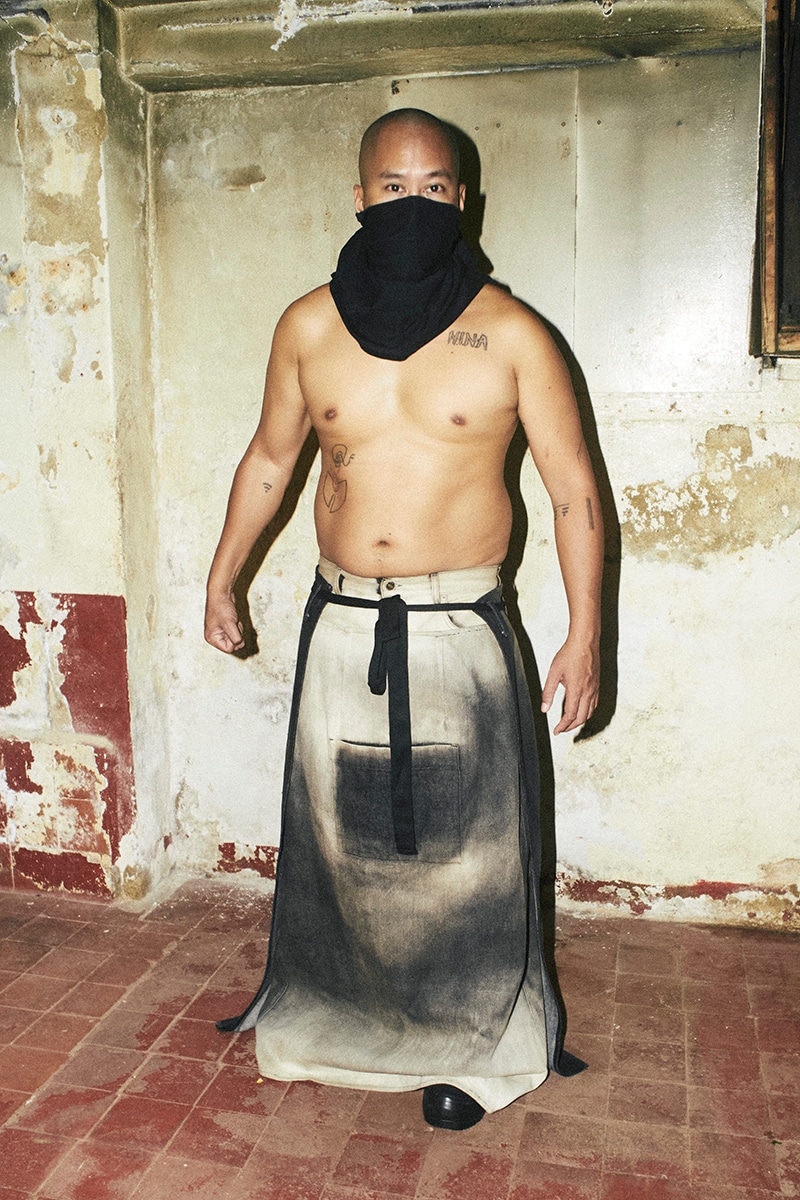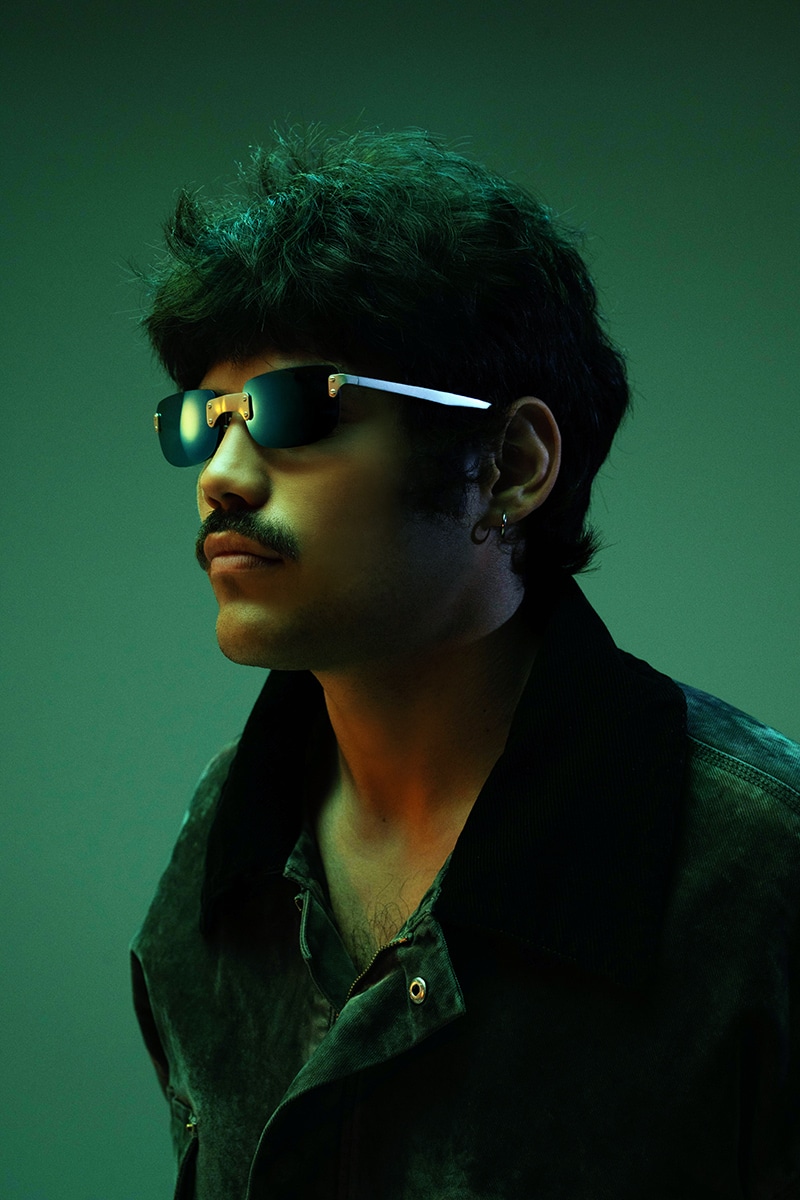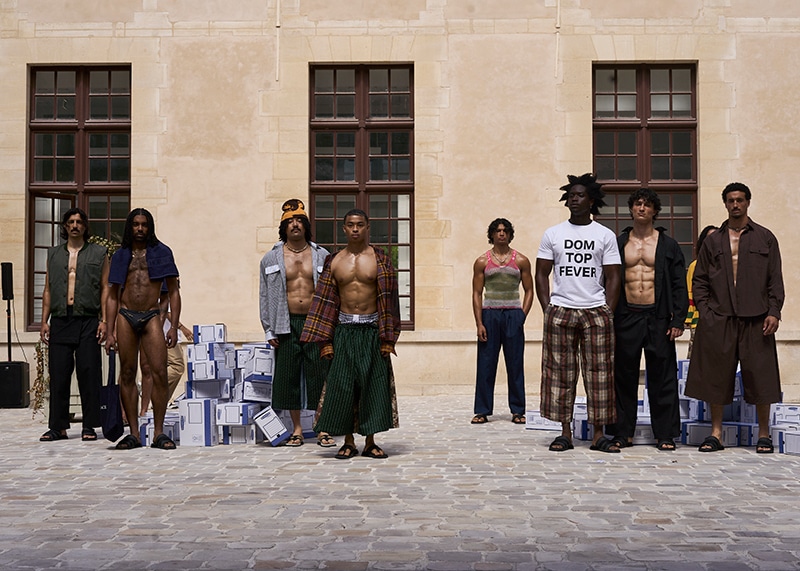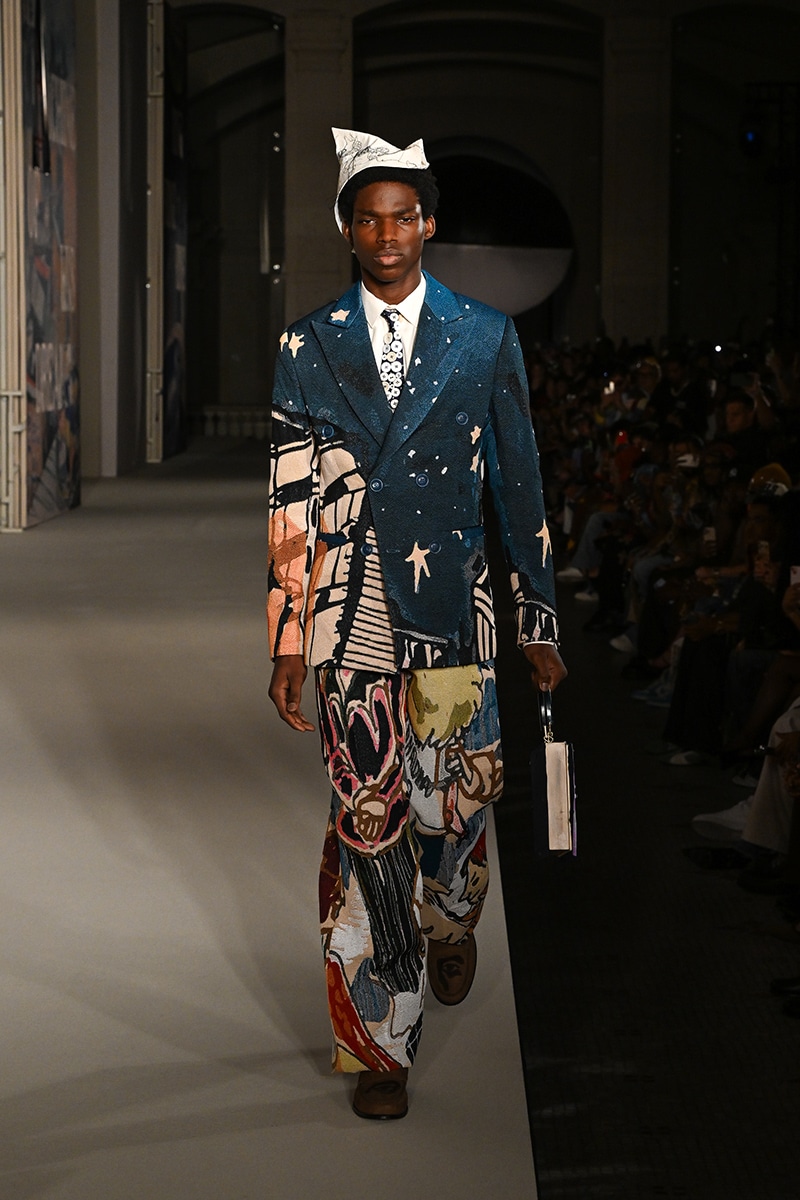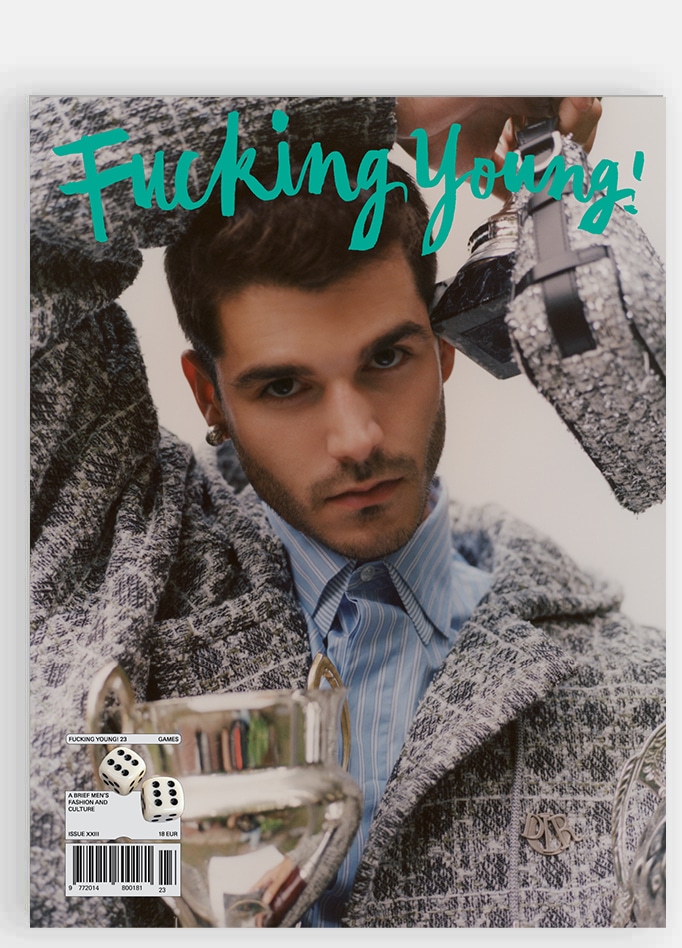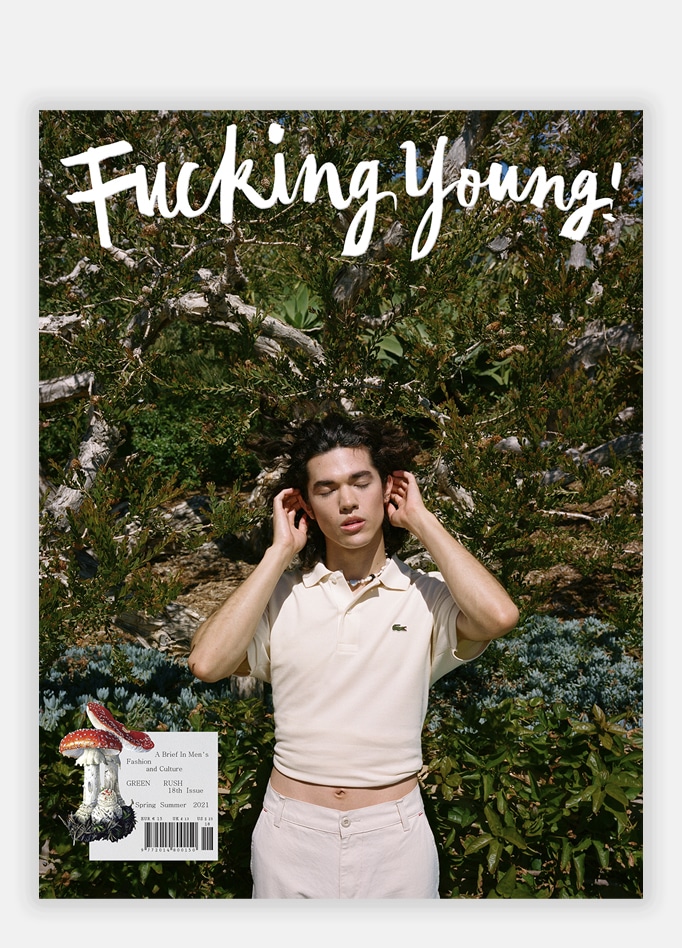We enter the mind of the versatile artist in a moment of creative boiling.

Sometimes when I think of Barquero I feel that I have met many people stored in a single body. Back in 2019, drawn by the curiosity that his works aroused in me, I met with him one rainy night to talk. His profound, surprising and undoubtedly funny completely trapped me and I am still trapped in the jaws of the mind of this young Catalan artist. With a dark mind and a bright gaze, Barquero has become an unpredictable artist whose brain, always racing, seems unstoppable when finding new challenges and ideas to express in the most authentic and even diabolical way. Slave to his undoubted genius and talent, he has just embarked on a new adventure, his first play has just seen the light of day and it will not leave anyone indifferent. Is there anything that Barquero cannot conquer? The world, always on fire, in his playground. And is there perhaps something that Barquero cannot conquer? Of course, not, because the world, always on fire, in his playground.
You told me once when we used to have a drink in Plaza Santa Ana, that your childhood was lonely. How do you remember those years? What role has childhood played in your art?
More than lonely, I could describe it as a strange and precocious feeling of not fitting in. Today I feel the same. I don’t like groups because, in some way, they “guarantee” you for the simple fact of belonging. There is no room for vulnerability because you have that shelter of the pack. I am seduced by the romantic idea of solitude, facing the place from exile and isolation. However, it doesn’t mean that I don’t like being with people, I like being surrounded by people who inspire me. I like to gather friends who feel like me and collaborate on projects. We have just presented a theater piece in collaboration with artists who work with a similar premise.

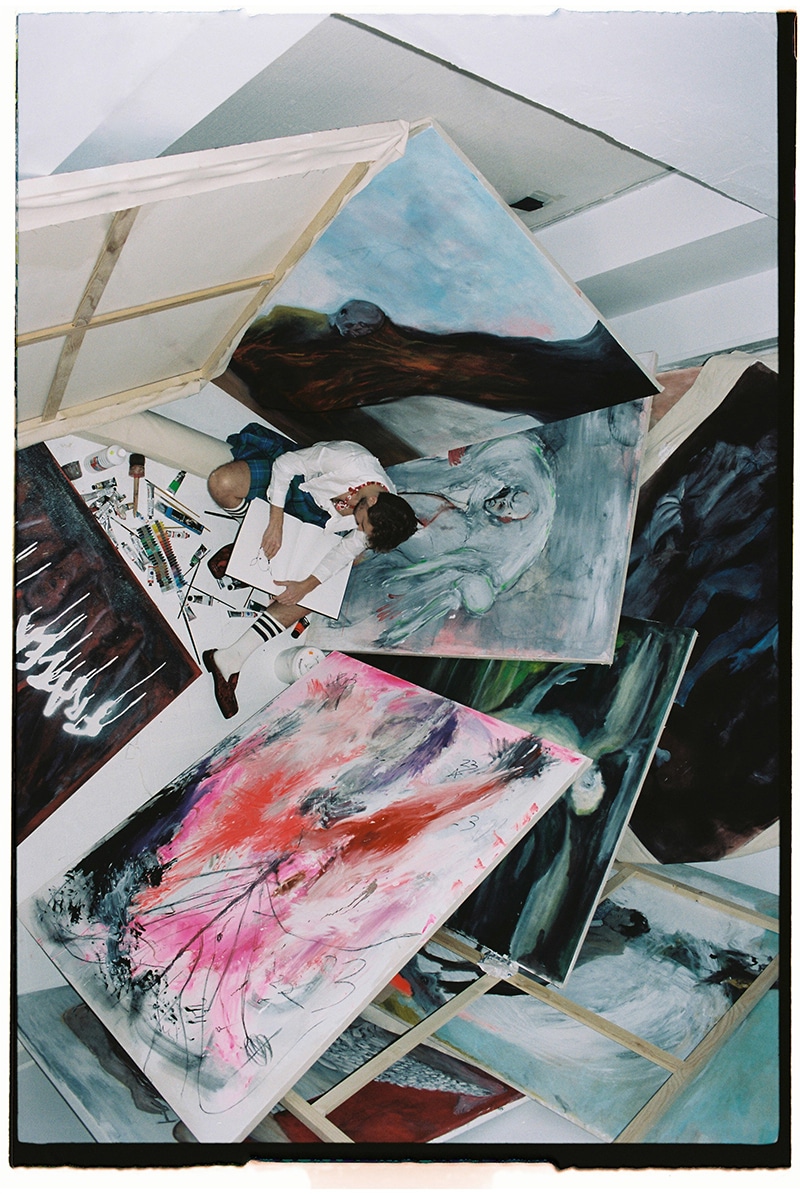
“When God hands you a gift, he also hands you a whip; and the whip is intended for self-flagellation solely. ” That is one of Truman Capote’s most famous phrases. You, who enjoy the gift of creating art, do you agree with that phrase?
Everything is directed towards a common horizon in which it does not matter which path you choose. Although, lately I have decided to create from a more playful feeling and not so aggressive place. At least that’s what I’m trying. It depends on a lot of things. The base is how I feel at each moment. It is about rescuing my emotions and making them emerge from the depths. It is a kind of battle against yourself. In spite of everything, there is always this whip relationship with what you do, but it is inevitable. In the end, it is about building and destroying. Embracing self-destruction is part of the process.
For you art was always there, from the beginning of your time. Even so, there is always the question of whether an artist is not only born, but is not made. Do you think the latter is possible?
You are born with a certain penchant for a sensitive world that you are aware of. But this world must be sculpted over time.
Has there ever been any other alternative in your life other than dedicating yourself to the world of art?
I have always wanted to create my own world. Poet, painter, actor, film director… At the moment I remain on the margins of any discipline despite the fact that the media I work with now are painting and theater. There are many other professions that fascinate me. I am lucky that I am interested in many things. It is intuition that has brought me where I am.
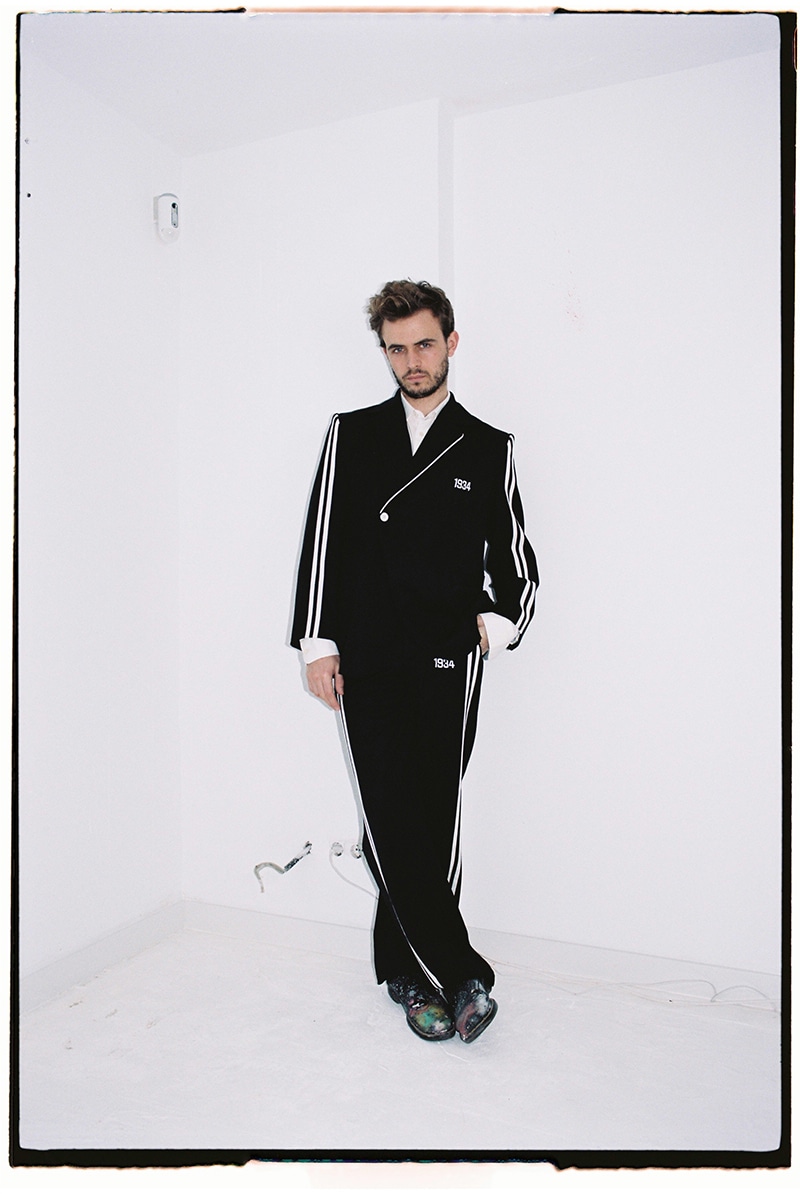
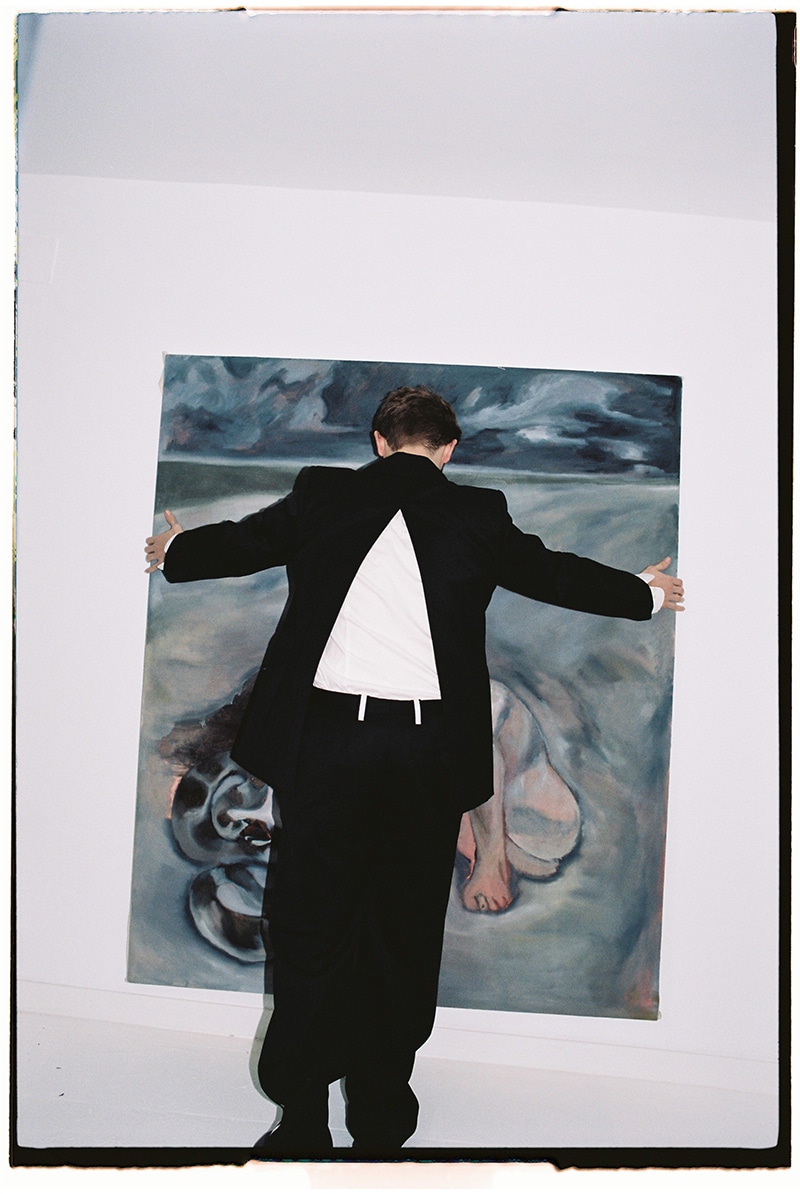


Barquero does not follow trends, or fashions, or artistic currents… where do you fit in today’s society?
I do what I want when I want to do it. I do not know, I don’t think about any of those things either.
You are slightly hermit and with a touch of misanthropy, have you ever thought of retiring to some remote place away from the world?
I really enjoy the company of people I love and admire. But if it is true that I need solitude, I would love, like Dracula, to live in an enchanted castle in the Carpathians, shipwreck on a desert island, or live in a house in a remote place in the Pyrenees. That it would be great.
I can’t help but ask you about reality. A social climate marked by wars and pandemics, how has it influenced you as a creator? Will we see this social situation reflected in your work?
It is interesting to see how in my generation the climate has been predicted for a long time. Before the pandemic, in many creative fields with which I vibrate, this feeling of desolation, of the desert, of residue, of a blowout, of escape, rupture… has been forging! And we’re already in the middle of a very hardcore self-destruct loop. The atmosphere is very tense, and violence and terror appear in any situation. It has always been, but now there is greater inequality and greater collective discomfort. Depressions, viruses, mental and physical illnesses, anxiety, exoduses… This period is like a kind of neo-medieval… controlled by information of dubious origin and with very clear intentions. With so much noise, there is no space to feel or cultivate the spirit. The world needs more spirituality, listening, and compassion. Man does not learn and it seems that we advance irrevocably towards self-destruction. It is inevitable that all these influences when creating, my paintings are loaded with this type of sensation that is felt everywhere.
For you, art is a way of navigating within yourself, of facing fear and concerns. What is Barquero afraid of?
I am afraid of fear. It is a feeling that blocks, constraints, and does not let you be. You have to look it in the face and constantly challenge it because the limits are set by you.
Isn’t it exhausting that art supposes an experience of tremendous transcendence? Doesn’t one get fed up with everything?
Well, it’s intense. You work with concepts, emotions, and your experience. But I guess it’s not something you can choose. You do it and now… you can’t even think about it. It is a way of channeling, letting go, and surrendering.
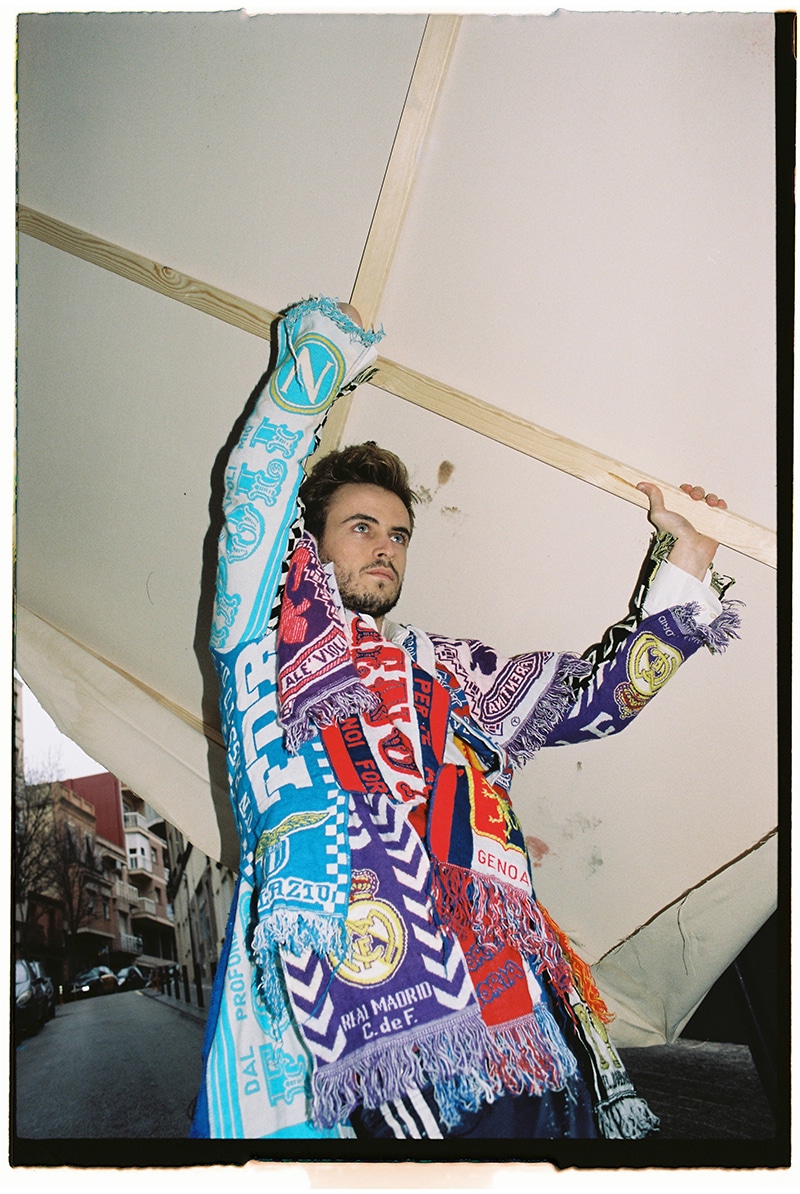
Look Cristina R. Azorin

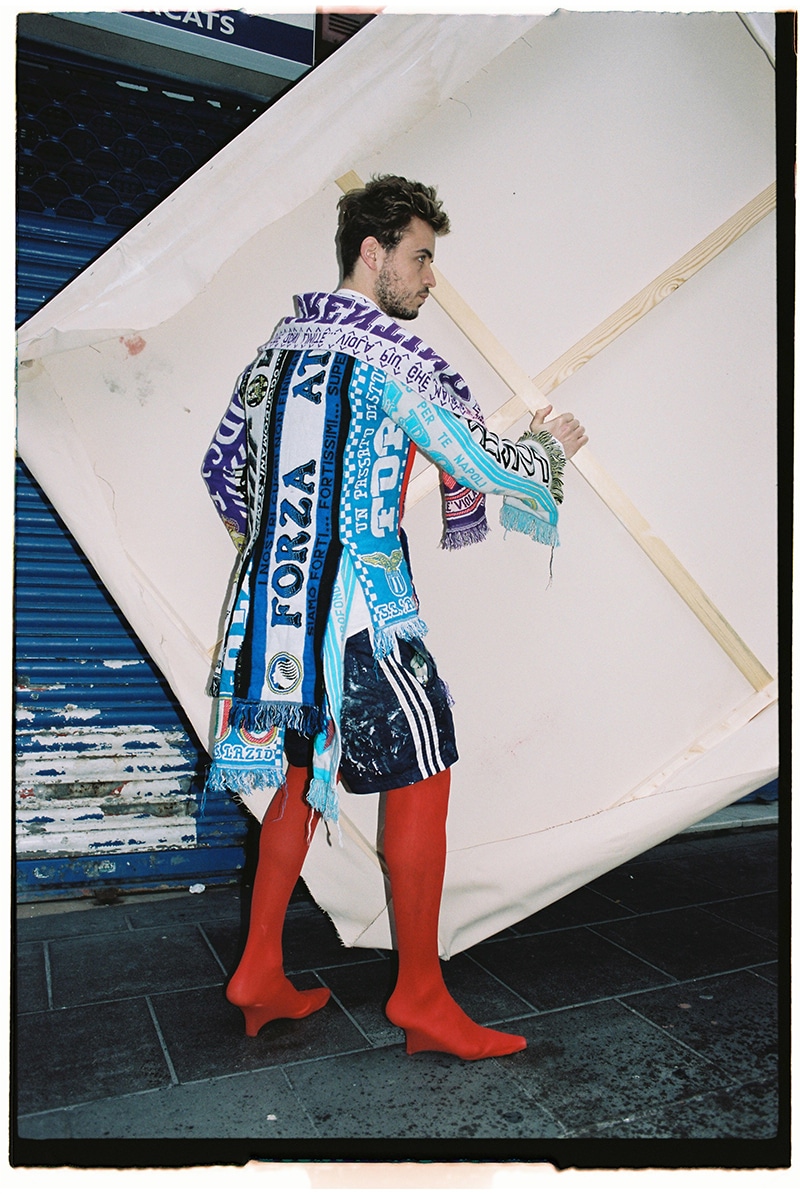
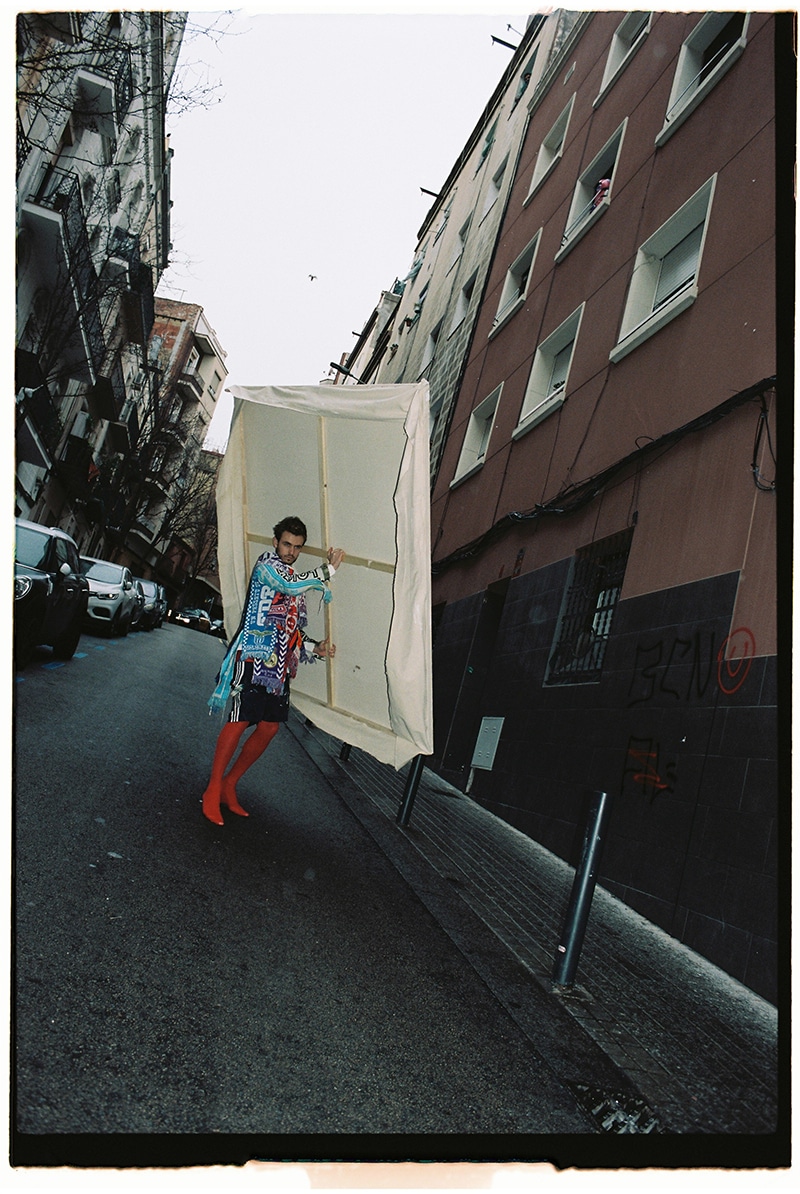
Is there room for simplicity in Barquero’s work?
The transformative power of art is simple and direct. That fascinates me. A piece that was silent, discreet, and simple for me was the goat that I installed in “Habitación Número” in September 2021. Just with its presence in the space, I felt that it transformed the inhabitants of the Usera neighborhood in Madrid. It was like a UFO, something magical. Another experience was seeing how a woman burst into tears after seeing one of my pieces on Instagram. That’s why the power I’m telling you about it’s simple, it triggers emotions.
You just mentioned your project in Room Number, which was very successful. What inspired you to carry it out?
When they contacted me I knew what I wanted to do from the beginning. I proposed a living scenography where the act of return to the sacred was performed in the presence of the destruction of idols: even those who advocate rebirth and a return to the sacred, such as Nietzsche and Jesus Christ. I put a huge goat in the gallery conversing with messianic characters. The people of the neighborhood freaked out. Neighbors of all ages stopped by. Some saw the piece every day as if it was alive. On this occasion, the word joined the gesture to recover the innocence of all things as well as a natural presence in the middle of a completely urban place. Through the gesture of cultural destruction, the aim is to start over from scratch. The word becomes destruction and this act of symbolic destruction and impossible return, both pre-idols, is performed and constructed through a theatrical narrative, in which I used background elements as symbols. Jesus Christ and Nietzsche adorned the walls of the room and a bust of Seneca lay in the middle of subject to the creation-destruction will.
You created an artistic piece called “Chaise-lounges Hipertróficas” made up of exercise machines lined with animal print, very funny. What did you find in that environment of body worship, sweat and athleticism so inspiring to make these sculptures?
The gym is a space where another type of language is generated. It’s something physical and you immerse yourself in a stage of the cult of the body… I’m interested in that Greek vision of gyms. People become depersonalized, you are transported to the body as a conglomeration of muscles and tendons that must be pushed to the limit, to find pleasure through pain. Some torture machines that look like sculptures… that act as interactive monsters exerting restriction and pain on the body. It consists of purification and expiation space.
I am curious about the dark theme shared by several of your paintings such as “Pastor”, “Operación de Cataratas” and “Inmolación de un santo”. Tell me a little about these works, where does that gloom that seems to surround them come from? Don’t you think you have a certain tendency for the macabre?
They are gestures of delivery. The images are confrontational, the scale of the body is similar to that of a life-size body and that can impose some violence. It has more to do with the theater where there is also tension between the figures that inhabit the space. If you see in them a tendency to the macabre… that is your perception and it fascinates me. Where one sees macabre elements, others see light, love, pain… there is no need to condition the pieces, they are what they are. The frame-spectator relationship is always very intimate and will trigger a sequence of different images and thoughts in each person. Each one brings a backpack of different memories and references and that will take you to different places. I have never thought about what I want to transmit, I simply rescue, project and vomit those images that live inside me and everyone else.
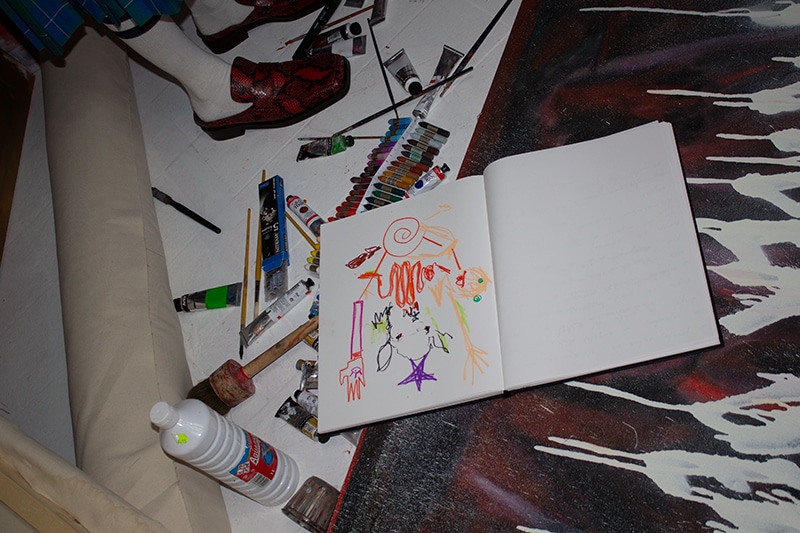

Do you feel a predilection for any of your works in particular?
No. Each piece is a process that opens you up and leads you to others.
What environment does Barquero need to create one of his works?
Any time is a good time to create something.
You have just presented your first play with great success, “Si puede tener un árbol de hierro para que iba a querer una AK-47 de barro” Why have you opted for the theater to tell this story? Where did the story you tell there come from?
It was a very thoughtful process. With Jacobo, with whom I co-directed the piece, I talked a lot. We are based on a story by Bolaño entitled “The return”. This tale talks about necrophilia and the bureaucracy of the system. From that, we began to draw relationships, tensions, references and different readings of the story until it was completely burned so we assumed the responsibility for the impossibility of telling a tale. Now it is very difficult to follow that kind of story, with its pauses, its structures… today in thirty seconds you have everything condensed in a video. From that defeat, we built different scenes with a team of incredible artists. Register-registered, Pau Canivell, Fran, Diego, Laura… An army of creators launching themselves into the scenic space as if it were an abyss. The theater has as strength of the here and no that makes it a place in which any gesture, word or element takes on sacred dimensions.
